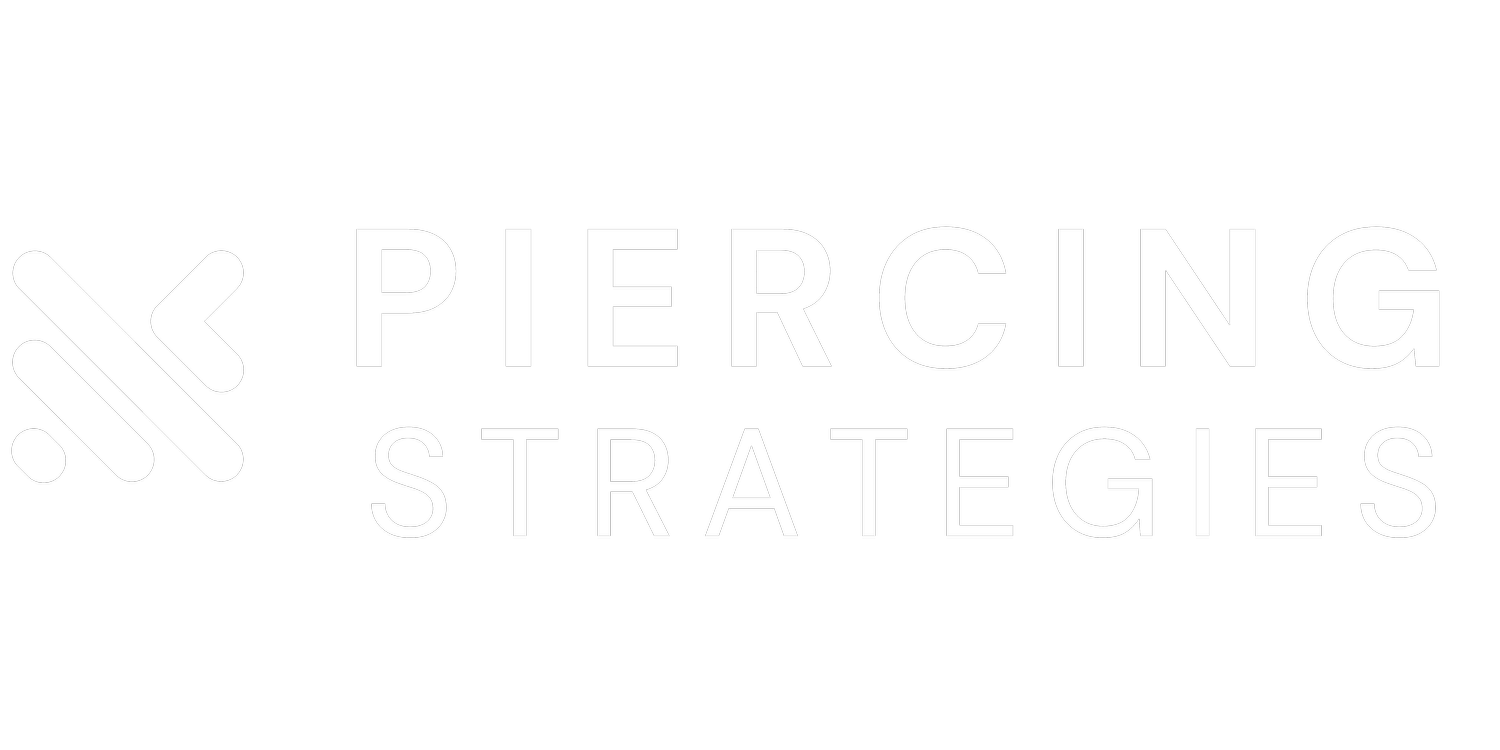Reigniting Employee Engagement in Training & Development for the New Era of Work
As businesses adapt to an ever-changing world, continuous learning and development have become critical for success. Yet, as we navigate the complexities of remote and hybrid work models, many organizations face a pressing challenge: How do we keep employees engaged in training and development initiatives? This article explores innovative strategies to boost engagement and foster a culture of continuous learning in the new era of work.
The shift to remote and hybrid work models has fundamentally changed how we approach employee development. With increased reliance on digital tools and platforms, the traditional methods of in-person training sessions and water cooler learning moments have become less prevalent. Moreover, employee expectations and priorities have shifted, with many seeking greater flexibility and work-life balance.
As we adapt to this new normal, several challenges have emerged:
1. Zoom fatigue and digital overwhelm: The constant barrage of virtual meetings and online interactions has left many employees feeling drained.
2. Lack of in-person interactions: The spontaneous learning opportunities that often arise from casual office conversations are now rare.
3. Work-life balance struggles: With the lines between work and home blurred, finding time for professional development can be challenging.
4. Varied home working environments: Not all employees have ideal setups for focused learning at home.
Despite these challenges, there are numerous innovative strategies that organizations can employ to reinvigorate employee engagement in learning and development:
1. Personalize Learning Experiences
One-size-fits-all approaches are no longer effective. Implement adaptive learning technologies that tailor content to individual needs and learning styles. Offer diverse learning paths based on specific roles and career aspirations to make training more relevant and engaging.
2. Embrace Microlearning
In an age of diminishing attention spans, break down content into bite-sized, easily digestible modules. Utilize mobile-friendly platforms that allow employees to engage in learning on-the-go, whether it's during a commute or a coffee break.
3. Gamification and Interactive Learning
Incorporate game elements to make learning more engaging and fun. Use points, badges, and leaderboards to motivate participation. Where possible, leverage simulations and virtual reality for immersive, hands-on learning experiences that are both effective and memorable.
4. Foster a Culture of Continuous Learning
Leadership plays a crucial role in shaping organizational culture. Encourage executives and managers to actively participate in learning initiatives, showcasing the value placed on continuous development. Recognize and reward learning achievements to reinforce its importance.
5. Leverage Social Learning
Create virtual communities of practice where employees can share knowledge, discuss ideas, and learn from each other. Encourage peer-to-peer mentoring programs that facilitate knowledge transfer across different levels of the organization.
6. Align Training with Business Goals and Personal Growth
Clearly communicate how training initiatives tie into both company objectives and individual career development. Provide opportunities for employees to immediately apply new skills in their roles, reinforcing the practical value of their learning.
7. Offer Flexible Learning Options
Accommodate different schedules and learning preferences by offering a mix of synchronous and asynchronous learning opportunities. Combine self-paced modules with live, instructor-led sessions to cater to various learning styles.
To ensure the effectiveness of these strategies, it's crucial to implement regular feedback mechanisms. Conduct surveys to gauge employee satisfaction with learning initiatives. Track engagement metrics and learning outcomes to quantify the impact of your programs. Use this data to continuously refine and improve your training approach.
As we continue to adapt to the new era of work, the ability to engage employees in meaningful learning and development will be a key differentiator for successful organizations. By embracing innovative strategies and fostering a culture of continuous learning, companies can not only enhance employee skills but also boost job satisfaction, productivity, and retention.
The future of work demands agility and adaptability. By prioritizing and innovating in our approach to employee development, we can build resilient, skilled, and engaged workforces ready to tackle the challenges of tomorrow.
